Introduction
“In many years of central economic planning, with an outdated manufacturing industry, Romania was producing everything locally” (Watts, p. 34). The country was under the soviet bloc and in final years under Soviet bloc, Romania economy has been on a roller coaster ride, but, in 2000 the economy started to show positive improvement. Today the economy of Romania is doing so well, as in 2006 the economy grew by an impressive 8.4 per cent, and 2007 the economy was expected to bounce back strongly to 7.2 per cent. “During the transition, Romania struggles to turn there obsolete manufacturing industry into profitability” (Watts, p. 34). Romania was allowed to be a member of European Union (EU), in 2007, after many reforms which were conducted in key sector of the country, for example justice, public administration, child protection and prevention of human trafficking.
According to a study conducted by UNICEF, after Romania joined EU15, in 2008, Romania economy is growing at 5-6 per cent, which is the highest in Europe. The GDP was 108 million euro, while the inflation reached 4.7 per cent, the budget shortfall was 2.4 per cent, and unemployment rate remain stagnant to 5.3 per cent. The country income for the year 2006-2007 was 2.8 billion euro. According to World Bank, GNI per capital was 6.150 dollars in 2007, while in 2006 it was 4830 dollars.

Since joining European Union, Romania as a country has been opening its doors on trade following guidelines which have been set by European Union (EU). According to EU the overall import for Romania increased by 12per cent, in 2008. This was the highest when you compare to the rest of Europeans countries. While Romania export to European countries increased by 14 per cent, in 2008, to a tune of 8 billion euro. Since joining the EU, Romania has shown a stable economic growth. Romania was able to overcome the economic tensions, which was experience in early 2007, and in 2008, it recorded one of the highest GDP growth rates in Europe, since 1989.
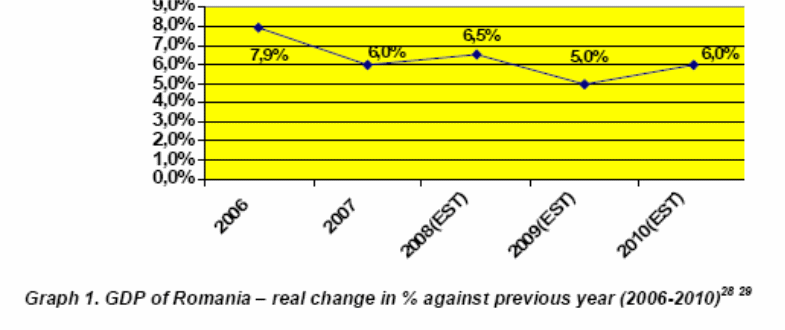
Capital inflows has increased in Romania since joining European Union (EU), this has been as a result of the Romania government increasing domestic boom. As a result of recession which was experienced in early 2007, on the global markets, many investments were directed into Romania. In the same year since joining EU, Romania has experienced a steady increase in FDI flows, which was the highest, compared to other European countries. It has been noted that environment of doing business has improved since 2007. According to World Bank Report, in 2008, Romania improved from position 55th to 48th, at the same time the country emerged the top in EU in attracting FDI. 150 different projects were started in 2008.
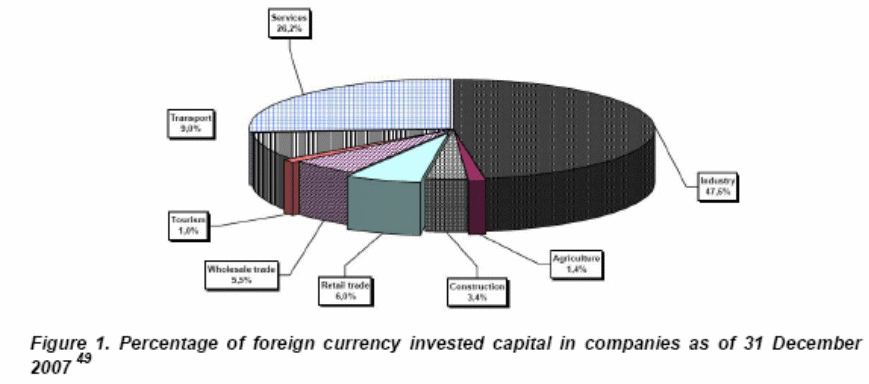

Remittance from Romanians working in other countries was nine billion dollar, in 2008; Romania took position 8 among the countries in the world, in terms of remittance, and position 1 in Europe, after Bulgaria. The effects of International crisis and the increase in food and energy in the world are likely to have a negative effect on the general population in Romania. The World Bank has predicted poverty index to rise in 2009, which will be the same to those level experienced in 2006-2007 (2.68 million).
At the moment the business environment in Romania has improved, this is as a result of direct foreign investment coming from other European countries. “The foreign investment has increased from 3 per cent of country’s GDP in 1995 to 5 per cent of GDP in 2007” (Watts, p. 34).
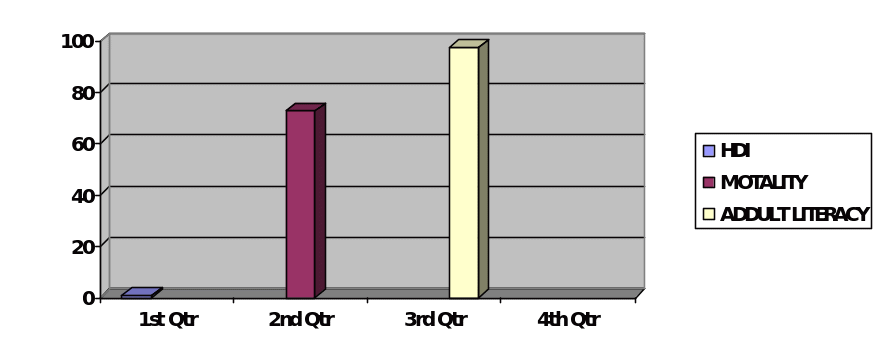
World Bank on HDI (2007)
When we compare Romania to the rest of EU, Romanian population is one of the most disadvantaged and discriminated population in European Union, and European Union labor market. In fact, discrimination increases vulnerability of Romanian people, reducing its access to most of the mechanisms of social participation in European Union. Romania has finally entered the groups of countries with high Human Development index (HDI), this is according to the Global Human Development Report, in 2006, in their report “Beyond Scarcity: Power, Poverty, and Global Water Crisis”. According to the study conducted in 2005, Romania has reached an index point of 0.808. But unfortunately when you compare Romania to the rest of countries found in European Union, “it still hold the second last position after Bulgaria, in term of deficit in human development in Europe, but its HDI has been rising continuously since 1995 at a more accelerating pace” (Popenici, p. 23).
During the first half of the last decade, Romania was the only country to experience a decline of Human Development index (HDI), while the rest of countries in the European Union gained human capital in the same period. Between 1995 to 2002 EU10 countries made a significant growth of HDI, this was higher than EU15 in 2007 when Romania and Bulgaria join the European Union. This trend favors Romania when you compare to other European countries, because since Romania joined EU the overall HDI has increased more sharply, for example between the years 2000 and 2004, Romania experienced an index of 0.027 points, it was only Estonia and Lithuania which were able to achieve that growth. When we compare Romania with other countries in EU by three components i.e. education, rate of unemployment and Price of land, “it has been discovered that Romania is not far with respect to education index, but the life expectancy index measures 0.1 points, which is lower than countries in EU25. Since the middle of the last decade” (Popenici, p. 23), Romania has experience a growth in the country’s GDP index, this growth is due to country’s economic growth. In fact before 2007, Romania achieved six years of economic growth before joining the EU.
Education index in Romania has contributed to the Human Development index (HDI) in the smallest extend. However, since the middle of the last decade, the Romania government has improved access to education to Romanian. The gross enrolment in education, in 2007, has increased with 10 per cent. The enrolment rate in pre-primary education in Romania has increases with 10 per cent from 1998 to 2005. This figure has been realized due to change of the legal framework in the education system in Romania, it is compulsory for a child in Romania to attend pre-primary education, because it is free. For the primary and lower secondary education in the education sector has experience the same growth i.e. 105.1 per cent and 87.4 per cent in 2005. The values which exceed 100 per cent are due to the numbers that are older than the official age at this stage of education. “The government of Romania has made an effort in try to convince those students who have dropped out of school before completing their compulsory education, to return and continue with their education” (Mooslechner, p. 42).
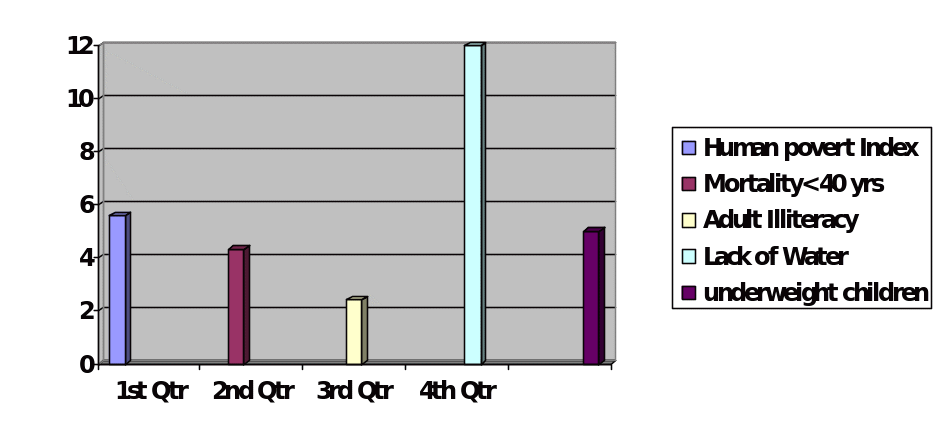
The most improved element in education sector in Romania was the tertiary education. The gross enrolment as per 2005 has increased from 20.9 per cent in the year 1995 to 47.5 per cent in year 2005, but the adult education rate registered a slow increase of 0.6 per cent point in the same year i.e. 2005. In general, there is gender disparity in education in Romania. Most women in Romania have lower levels of educations, “while it is only 10 per cent of men who don’t have basic education in that country. In fact, in primary, secondary, vocational and high school education; women are under represented in all these stages in education” (Mooslechner 45).
85 per cent of people in Romania believe unemployment is a major problem in the country. Most of people in Romania have low access to employment, not to mention the quality of those jobs which are available in the country. Romanians are underrepresented with respect to employment population in European Union. Quarters of Romanian aged 15 years and above are unemployed. Women represent 16 per cent, while men represent 5 per cent of the populations in Romania who are unemployed. Therefore, almost 80 per cent of women in Romania are economically inactive; they have low level of social security. While Romania men are characterized by a higher access to employment, 36 per cent of them are employed, but it is still very low as against the share of employed Romanian men, which is 52 per cent of the population.
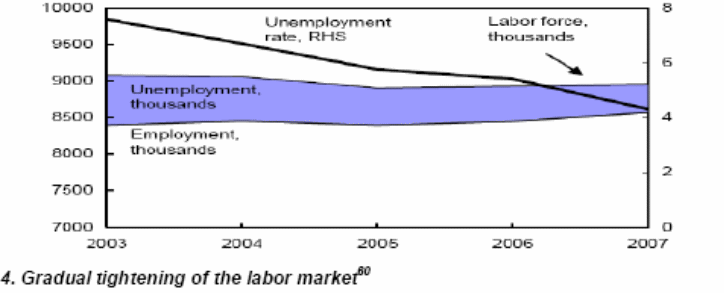
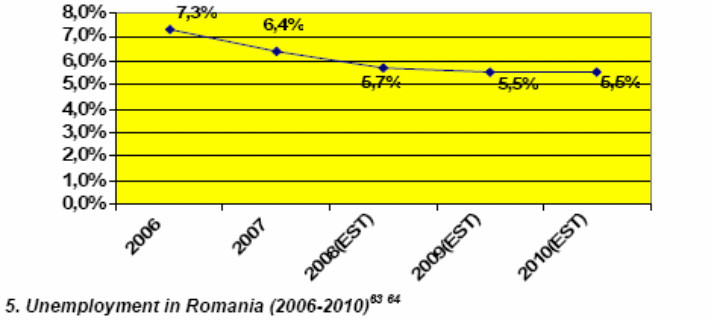
Many Romanians have supported the country’s membership in European Union, because the union will allow the Romanians to work and gain experience in other European countries, preferably in the United Kingdom. Romania is one of the poorest countries in European Union after Bulgaria; the GDP of the country is 30 per cent of the average European Countries GDP. The process of higher earnings and availability of legal status that enable workers from Romania to work in any other country in EU, have seen many workers migrating to UK job market. “Since joining European Union, Romania have exported more than four hundred skilled and semi skilled workers to Great Britain alone, this number is estimated to increase to one million in the next five years” (Mooslechner 65).
Middle class in Romania have been created, due to macroeconomic gain which has been realized in the country. Increase in middle class in the country, is addressing the widespread poverty which is there in the country. The general poverty index has dropped, “in 2003 the poverty index was 76 per cent, and in 2008 the poverty index was 36per cent. The wide disparities in employment and high poverty have been a bottle neck to the economy growth” (Cypher & Dietz 45).
Works Cited
- Cypher, James, & Dietz, James. The process of economic development. London: Taylor & Francis, 2008.Print.
- Mooslechner, Peter. Economic convergence and divergence in Europe: growth and regional development in an enlarged European Union. London: Edward Elgar Publishing, 2008.Print.
- Popenici, Stefan. Romanian philosophical culture, globalization, and education. London: CRVP, 2008.Print.
- Watts, Michael. Reforming economics and economics teaching in the transition economies: from Marx to markets in the classroom. London: Elgar Publishing, 2009.Print.
